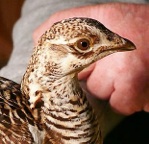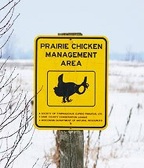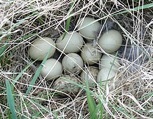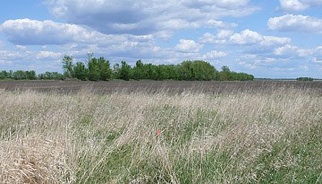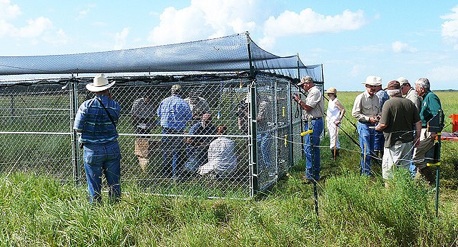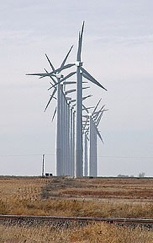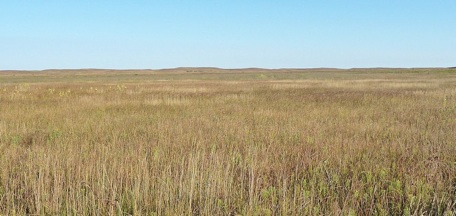STCP Research & Conservation Projects





























Typical NW Minnesota prairie-chicken habitat
The majority of Wisconsin’s remnant population of prairie-chickens are found on the state-managed Buena Vista Marsh.
A typical Minnesota prairie- chicken nest in residual grass cover
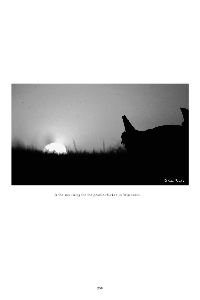
A helping hand for a hen Attwater’s prairie-chicken
Placing wind generators in altered landscapes such as agricultural and urban settings rather than grasslands could be a common sense approach to preserving critical wildlife habitat.
